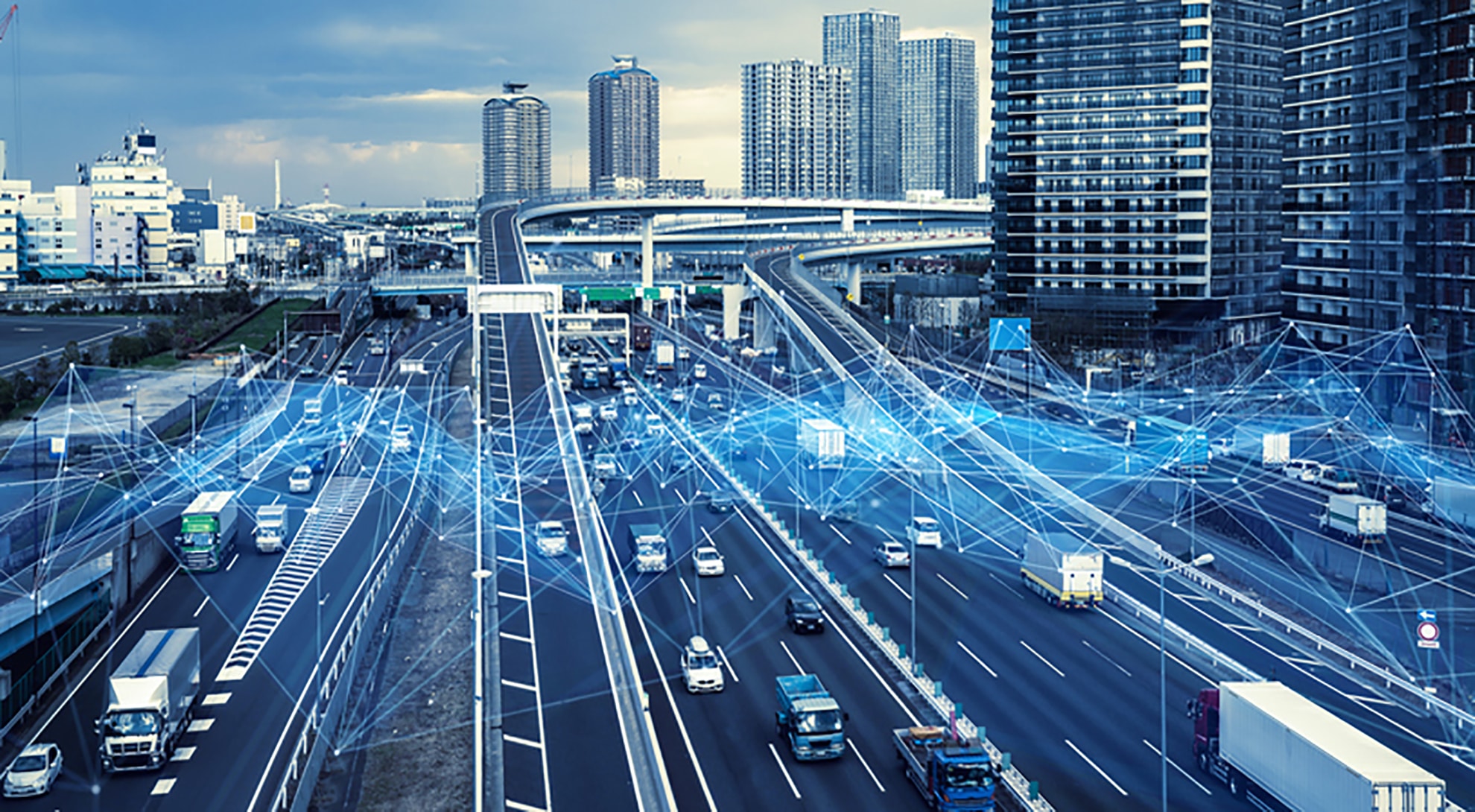
27 Nov 5G on the roads… a rapidly approaching prospect
Those responsible for designing our cities of tomorrow face a diverse and complex set of problems, including how to tackle waste management, energy efficiency, smart buildings and much more besides. However, two of the most pressing challenges – which are also closely related – are increasing population sizes and the subsequent increase in vehicle traffic in practically every corner of the world.
In order to achieve sustainable, smart and safe mobility, the development and manufacture of connected vehicles with driving aids is taking increasingly determined steps forward. Autonomous driving itself is also making great strides, though it still lacks certain key stages of development before it can become the standard in the motoring world,
particularly given the presence of cars that can ‘drive themselves’ must be accompanied by adequately developed infrastructure around which they can be safely deployed, which is exactly where 5G could play a significant role.
5G connectivity, big data and smart driving
Developing smart motorway capabilities will open a door to a whole new world. Highways capable of recharging electric cars while driving, temperature and pressure sensors, smart visual signage and self-repairing asphalt are just some of the exciting possibilities of the future.
Not all are equally realistic or indeed close, but some are promising enough already that the European Union has started paying them a great deal of attention. The Fabric Project, for example, focusses on building motorways with systems that make it possible to charge the batteries of electric cars without them having to stop for even a second, which would greatly favour widespread uptake of this mode of transport.
The most promising and perhaps most viable line of technology development in the short term is likely to be the implementation of big data in traffic management. Thanks to the existence of greater numbers of ‘smart’ vehicles, it’s now possible to collect data that gives a real-time overview of the state of the roads and traffic. The communications and geolocation systems now in vehicles allow – and will go even further in the future – instant communication with those responsible for transport, as well as with other vehicles on the road.
Something that could put an end to every driver’s nightmare, traffic jams, as well as another historical scourge of taking to the roads: accidents. In the very near future, the ability to transfer much larger volumes of data will make it possible to see the mechanical status of a vehicle at all times, as well as its speed and route in real time, which will help prevent breakdowns and facilitate traffic management, as well as handing out fines for speeding and other traffic offences.
For big data to be a truly useful tool here, the 5G networks that take care of this data transmission in a fluid, stable and secure way along many miles of road, including in areas that are difficult to access or even relatively remote, need to be rolled out as much as possible in advance. Many countries are already planning for this type of scenario. According to the specialist esmartcity.es portal, Spain is set to invest €883 million in 5G technology in 2021, all part of the country’s Digital Spain 2025 strategy.
The importance of 5G in digital transformation
This aspect of smart mobility is, as we’ve already seen, one of the issues that must be taken into account when developing liveability and management models used in designing smart cities. However, to ensure a more comfortable, sustainable and secure future, we really need to start working on solutions today.
lyntia shares this enthusiasm for facing the exciting range of challenges ahead for all cities and, at the same time, achieving a future that’s more respectful of the environment and protects our planet, alongside more and better ways of adapting our lives to the reality of a globalised world.
Our experience and capacities for implementing 5G technology, satellite Internet and fibre optic networks make us a preferred partner, able to help others use technology as an ally in the future and be a ‘driver of action’ for the digital transformation of all our lives.

